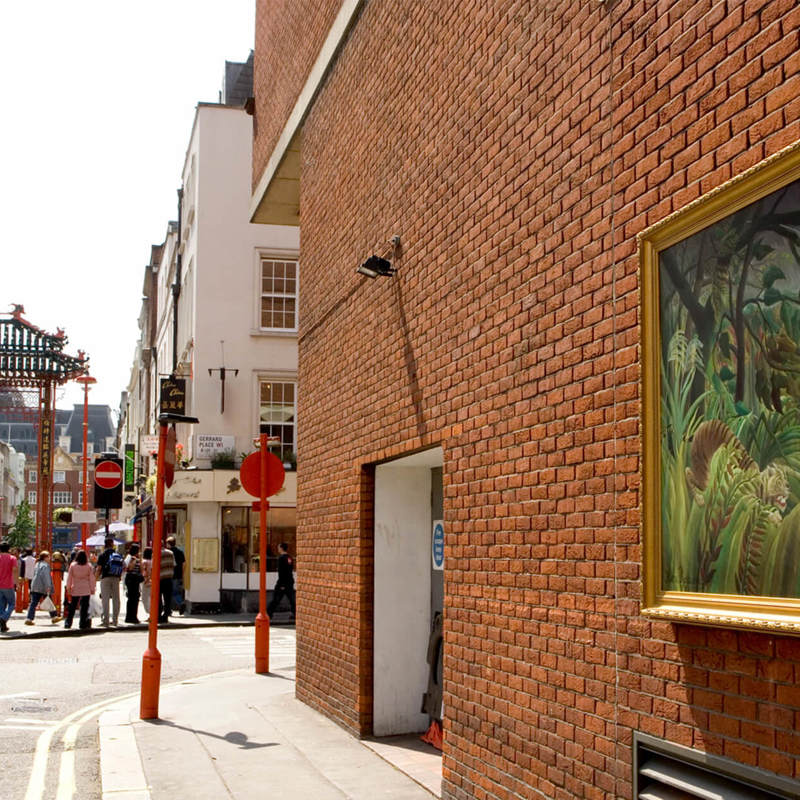The Titian appeal
How the public helped the National Gallery keep a painting on display
Before 1972, the National Gallery had never directly asked the public to help purchase a painting. But in this particular year, for the first time in our history, this changed. Without the public's help, Titian's great painting 'The Death of Actaeon' might not be part of the collection today.
Titian was one of the great painters of 16th-century Venice. Between 1970 to 1971, his work ‘The Death of Actaeon’ was loaned to the National Gallery. The painting depicts a scene from Greek and Roman legends that follows on from the story told in another of Titian's paintings, Diana and Actaeon.
When the painting had to be returned after the loan period, the Gallery knew it had lost an important work. The painting’s owner sold it at auction to a private collector, who then sold it to the J. Paul Getty Museum in California a few days later.
Bringing the painting home
National Gallery Trustees felt the export of the picture was a huge loss for the nation, so they decided to look into purchasing the painting. The Gallery pooled together its resources and extra funding from charitable trusts. Yet they were still short half the amount. Who else could they ask for help?
Determined to bring Titian’s work back to the Gallery, they decided to launch an appeal to the public. The British Government also agreed to match public donations. Asking visitors to contribute towards a painting was risky because it had never been done before. But if this worked, ‘The Death of Actaeon’ might once again hang on the Gallery’s walls.
The public show their support
The appeal quickly attracted attention and even had support from several high-profile figures, including artist Francis Bacon. A fundraising concert was also broadcast on the BBC. This featured music by British composer Benjamin Britten and many great opera singers.
Contributions flooded in from the public, as well as schools, colleges and universities. As a thank you, those who gave more than £100 (over £1,700 today) were added to a list of names published in ‘The Times’ newspaper.
The big moment came when the cheque for the full amount was finally handed over on 6 July 1972. Thanks to the support from the public, Titian’s painting returned to the National Gallery and has remained in our collection ever since.
This was not the last fundraising campaign at the Gallery. In 2008, we partnered with the National Galleries of Scotland to raise £50 million to acquire Titian's ‘Diana and Actaeon’. Many well-known artists showed their support, including Paula Rego and Tracey Emin. In under six months, the funds to buy the painting were secured.
The galleries were then given until December 2012 to raise the funds to acquire Titian’s ‘Diana and Callisto’. Thanks to the campaigns, both paintings are shown together on a rotating basis between the London and Edinburgh galleries.








